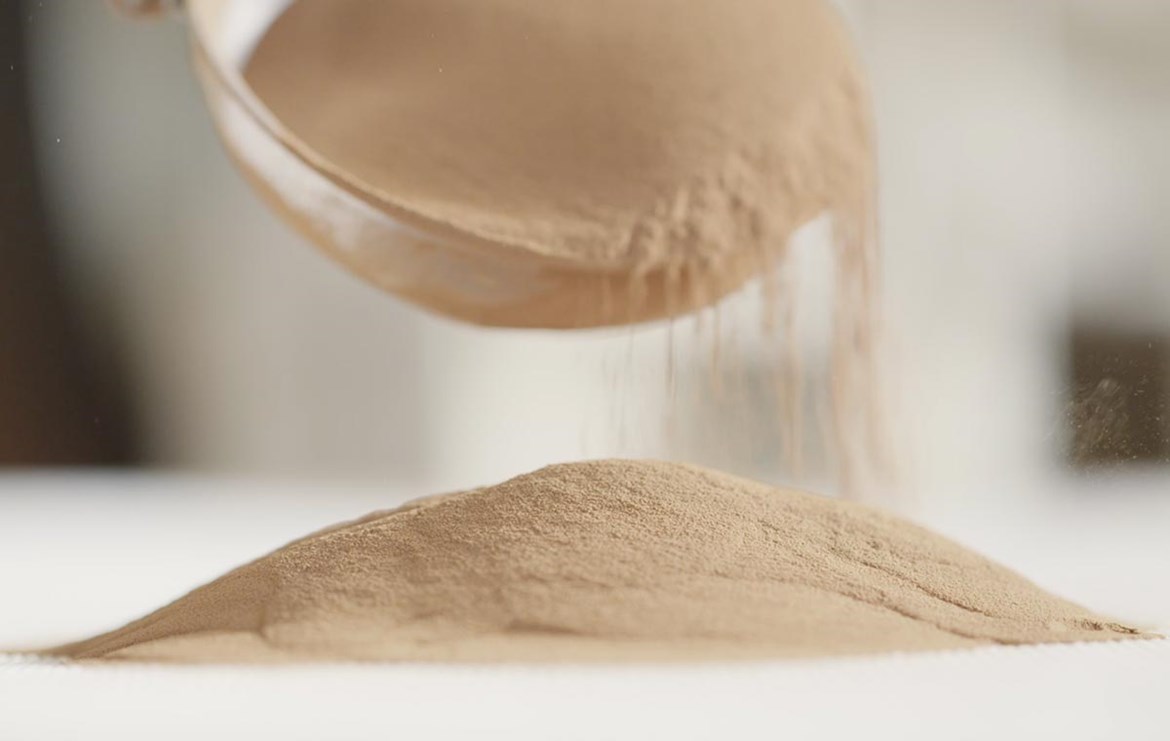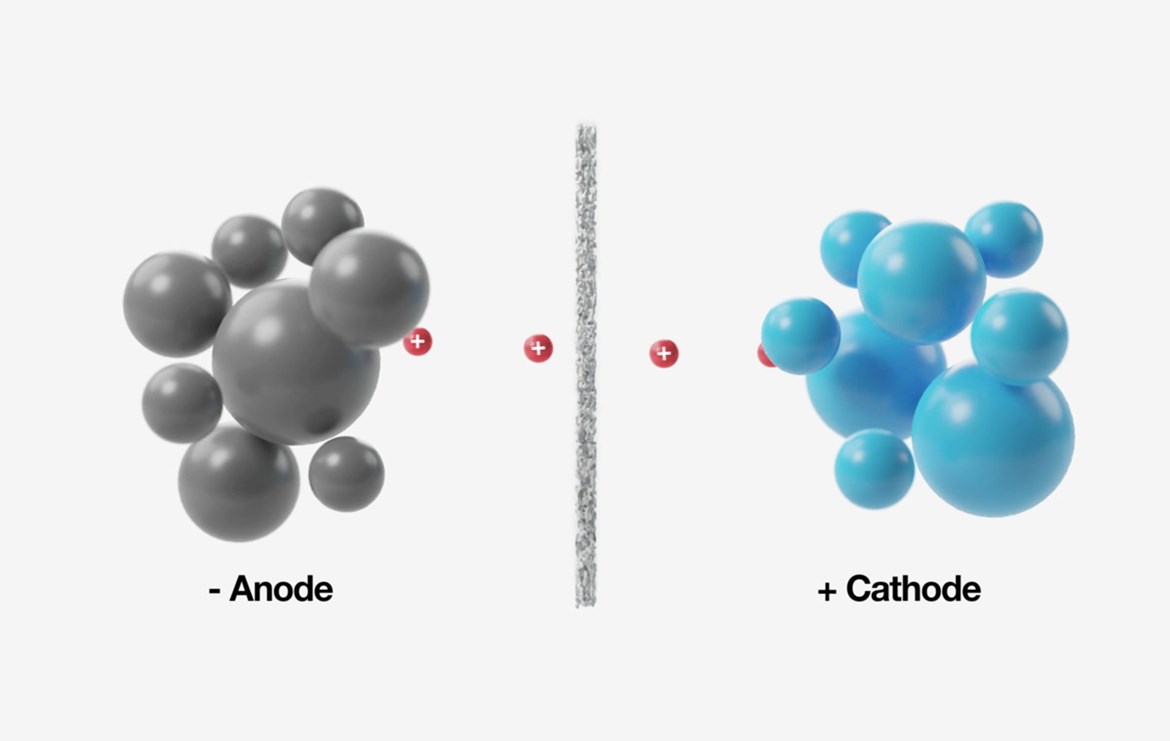
- Sustainable Planet -
- 4mins -
- 607 views
Wait… what? Wood-based batteries for the win!
Lignin, an abundant by-product from the production of cellulose fibres, is being trialled as a green alternative to fossil-based graphite in sustainable lithium-ion battery production.
Lignin-based carbon material for use in batteries has many benefits
Lignin, a material found in the wood of our plants, is being trialled as a way to produce sustainable battery power. Finnish biomaterials supplier Stora Enso have built a production facility costing €10 million ($11.3m) that will create renewable bio-based carbon by turning trees into batteries. But don’t panic — lignin is a byproduct left over from the cellulose fibre production process, and does not require new trees cut down for the purpose. StoraEnso use only wood from sustainably certified European forests at their facility.

Lignode: The future of batteries is already here
It is necessary to revolutionise battery technology in order to sustainably cover the needs for energy storage in an electrified future. In ten years, the battery market is expected to tenfold. So, with increasing demands for electrification and rising standards of living, it’s essential that we find new and smarter technologies to meet the future.
One of the challenges of today’s lithium-ion batteries is the use of graphite. Graphite is a fossil carbon which is either mined or made from other fossil-based materials. The extraction through mining is often also done under less than satisfactory conditions, with social and environmental consequences.
At Stora Enso, they have therefore dedicated themselves to coming up with a solution where graphite is replaced with hard carbon from lignin.
Source: StoraEnso

Lignode is a bio-based, cost-competitive and high-performance material to replace graphite
Applications of the wood-based Lignode product are said to include batteries for electric vehicles, consumer electronics and large-scale energy storage systems.
According to Stora Enso, the global battery market is projected to grow tenfold over the next decade as battery producers seek more sustainable materials for the electrification of mobility and reduced carbon emissions.
The company anticipates its carbon based-anode materials, produced from converted lignin separated from wood, can be a more sustainable replacement for graphite-based battery anodes.
“With our pilot plant now ramping up operations, Stora Enso is entering a new value chain in supplying more sustainable anode materials for batteries. With Lignode, we can provide a bio-based, cost-competitive and high-performance material to replace the conventionally used graphite. To serve the fast-growing anode materials market, we are now exploring strategic partnerships to accelerate scale-up and commercialisation in Europe,” says Markus Mannström, executive VP of Stora Enso’s Biomaterials division.
Source: CompositesWorld

What is lignin and how is it made into batteries?
Lignin is nature’s second most common macromolecule after cellulose, deposited in the cell wall of plants to make their structure firm and woody to prevent them from rotting. It makes up around a third of all wood’s total composition.
Finnish biomaterials supplier Stora Enso have been long-term investors in sustainable research and development funding with investments of €140 million last year. Confidence levels are high that the carbon contained within the non-toxic material can be used to replace the fossil fuels and mined metals found in lithium-ion batteries, which usually require graphite to function.
Lignin is separated from wood during the production of cellulose fibres from its pulp. It’s then refined into a lightweight carbon powder which is made into electrode sheets and combined with other battery components in order to replace graphite.
The company has been producing lignin industrially at Sunila Mill since 2015. Their annual production capacity is 50,000 tonnes, making Stora Enso the world’s largest producer of kraft lignin. The company say expanding lignin into its own production quarters, along with patenting the technology under the title Lignode®, cement Stora’s intentions for a future of smarter battery travel.
Source: EuroNews


